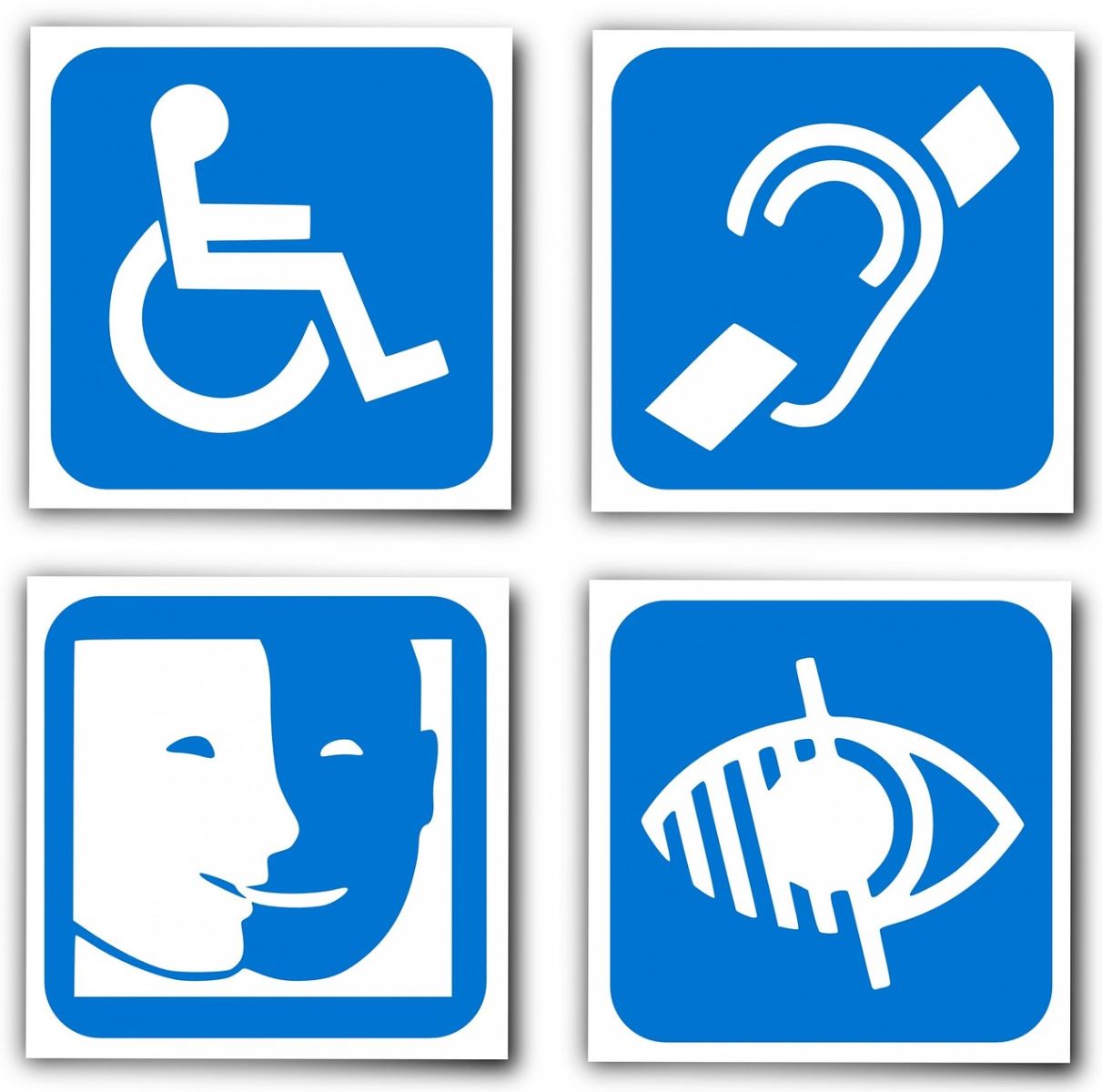
If you keep an eye on the news, you might have noticed that one London museum has made headlines for being potentially the world’s most accessible museum. The Wellcome Collection is a museum of science and medicine and has been featured in publications across the globe thanks to its new exhibition, Being Human which has been designed with accessibility in mind. Using the Wellcome Collection as a template, here are a few ways that you can make your attractions more accessible.
- Use contrasting colours
Using a colour on the walls and displays that contrasts with the floor not only is a style decision but also helps those with visual impairments differentiate between the walls, floors and displays and helps them move around the area easier. - Displaying screens? Have the benches off centre
If you place seats off centre, those using wheelchairs or pushchairs can park alongside it and have a perfect view. When the seating is placed directly in front of screens, those using mobility aids and in pushchairs have to sit to the side.
If you have video content, integrate a BSL performance with it. - Have guide books and displays in various formats
Not everyone is able to read the written word, so include photographs, large print, magnifiers, Braille and audio guides where you can so that everyone can learn more about the exhibitions. - Touchable displays
People with sensory conditions have found that displays they are able to touch is helpful so having sensory exhibitions is useful. Those who are visually impaired will often create an image in their head based on what they can feel and they too will benefit from having displays that they can touch. - Well-lit exits
Having entry and exit ways lit up is helpful for those with visual impairments who can then discern it from just another door. Those with anxiety will also be made to feel more comfortable as they will be able to immediately identify where the exits are. - Changeable lighting
Those with sensory conditions can become overwhelmed if things are too bright so having control over the lighting can help make them feel more comfortable when looking around. If you have guests with visual impairments, low level lighting can make it difficult for them to really experience everything, so again, being able to control the lighting will benefit your guests. - Wide corridors
This can be difficult in listed buildings but having wide corridors makes it much easier for those with wheelchairs and other mobility aids to be able to get around. Similarly, wider doors and flat surfaces will make it much more accessible. - Accessible bathrooms
These days, having a disabled bathroom should be a standard thing, but making sure that they are suitable for a wide range of accessibility needs has yet to become so. Changing Places toilets are gaining in popularity and are suitable for both adults and children. Many people with hidden disabilities have a RADAR key and may need to access a disabled toilet, make sure to speak to your staff so they are aware that anyone with a RADAR key or asking to use the accessible bathrooms is treated equally. - Allowing assistance animals
While Guide Dogs are a common sight, other assistance/therapy animals aren’t always widely accepted into attractions, restaurants or accommodation. It is important to remember that these animals aren’t pets and are there to assist. Obviously not all animals are going to be able to be accommodated and it can be difficult in certain circumstances but having a flexible policy can ease the pressure for your visitors. - Blue Badge parking
Again, this is something that all buildings should have, but isn’t always possible. Try to designate a number of spaces close to the entrance for Blue Badge holders or offer alternative transport if you are unable to do so. - Queue cutting schemes
Not everyone can stand up for long periods of time, similarly, not everyone can be in a queue for a variety of other reasons, where possible, operating a scheme where those with accessibility needs can skip queues will make things much easier and create a more positive experience. - Induction loops
Induction loops can really benefit visitors who have hearing loss so try including them where possible. Having staff members or guides that are trained in BSL or Makaton and visual signage will all help towards creating a great experience for the audio impaired.
This is by all means not a complete list of ways that you can make your business more accessible, but they’re a great start. You can find out how one of our members put these accessible features into practice by reading our case study here.
___
Sources:
https://nyti.ms/2ovZoIh


 to add an item to your Itinerary basket.
to add an item to your Itinerary basket.


